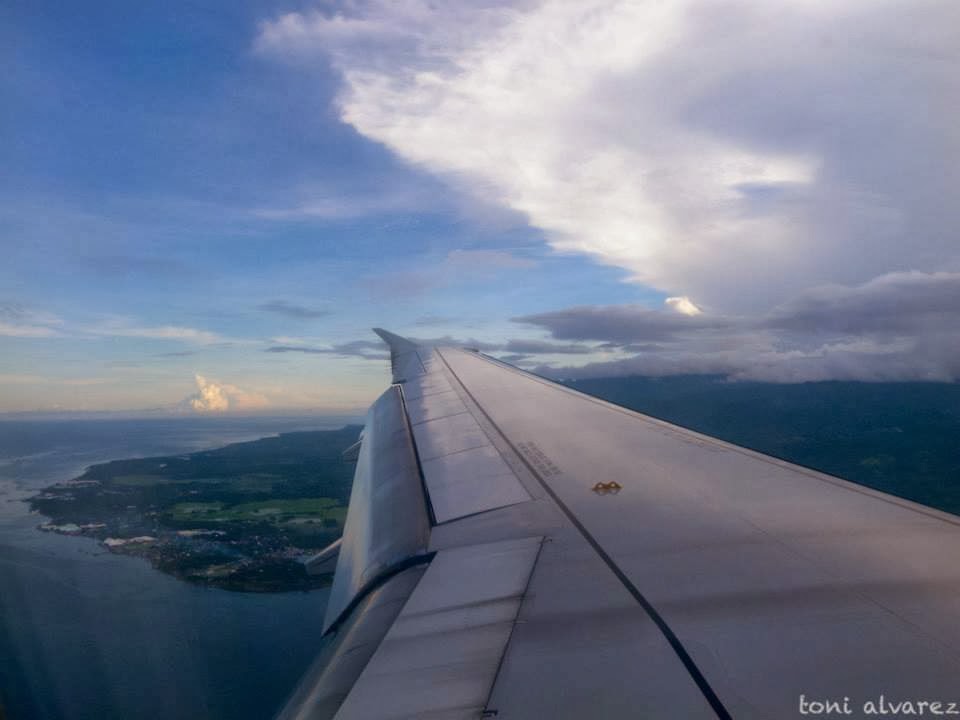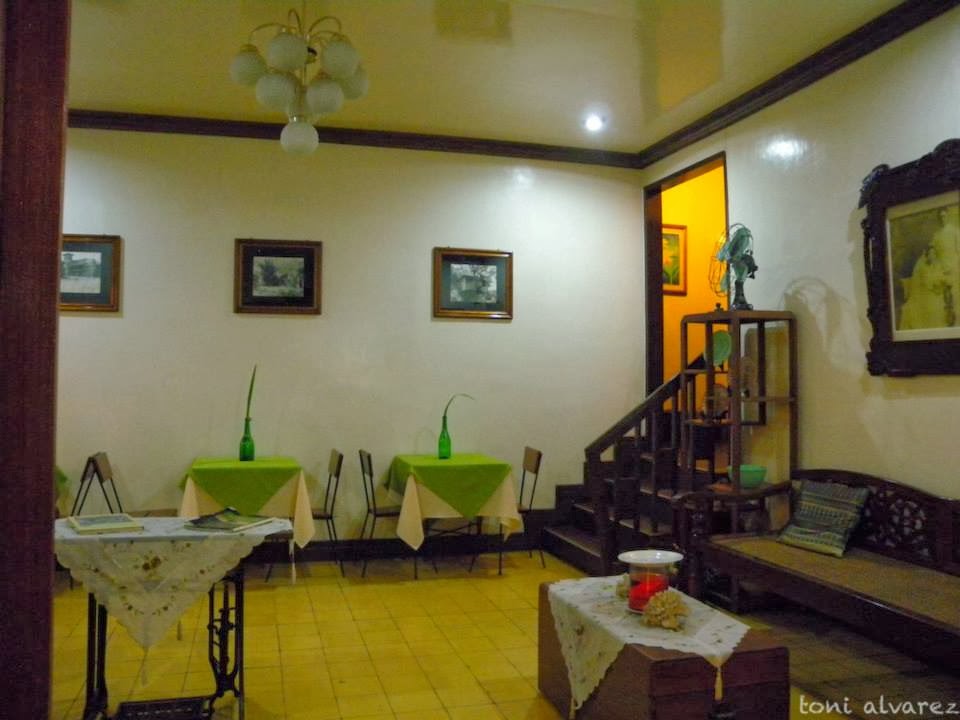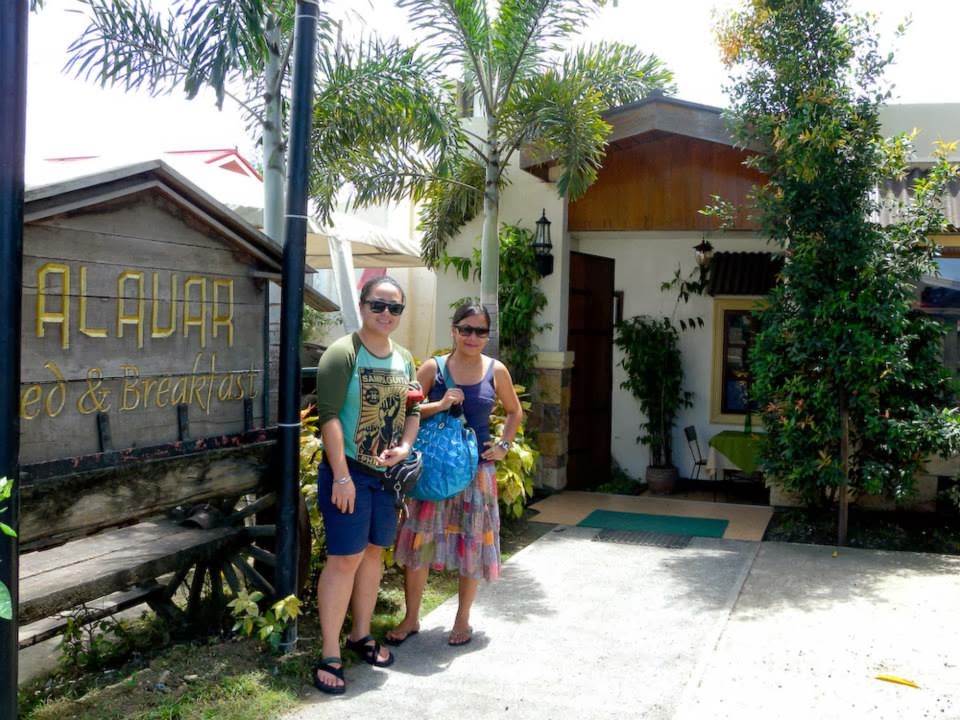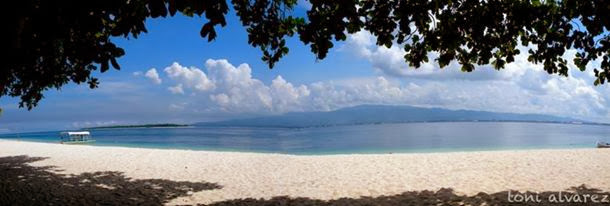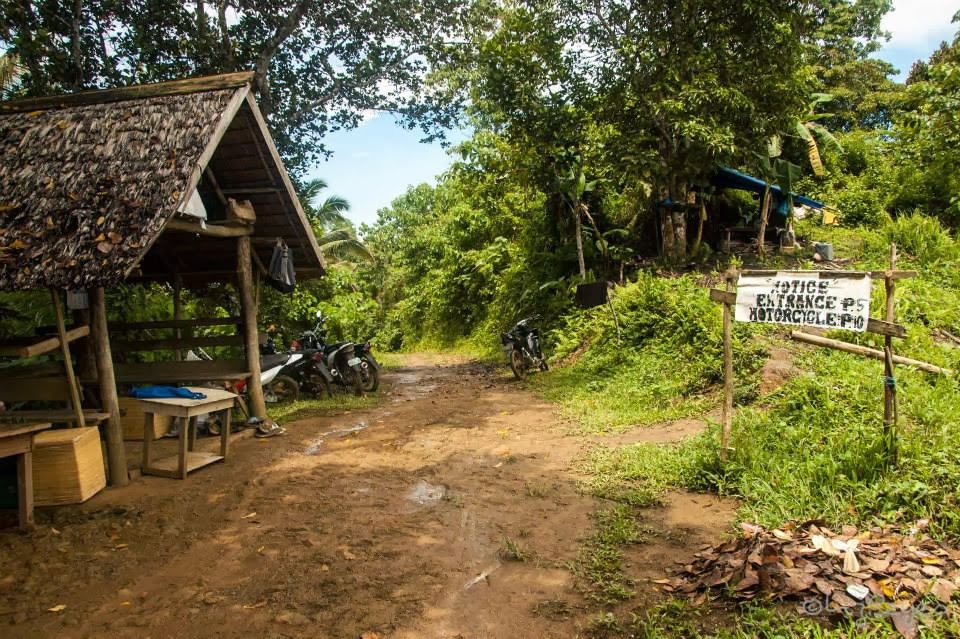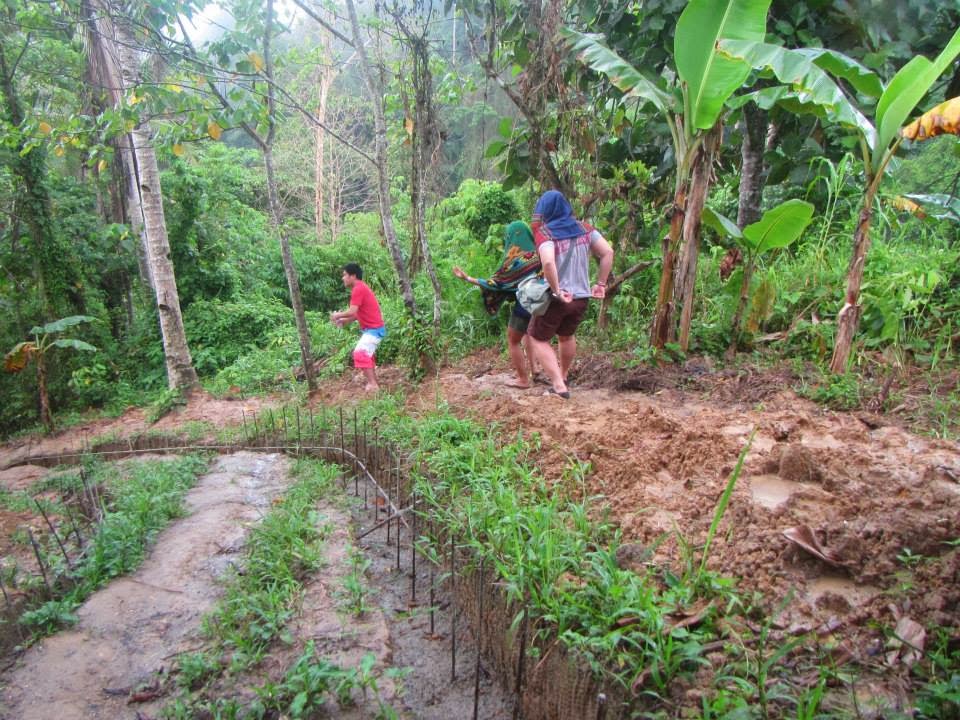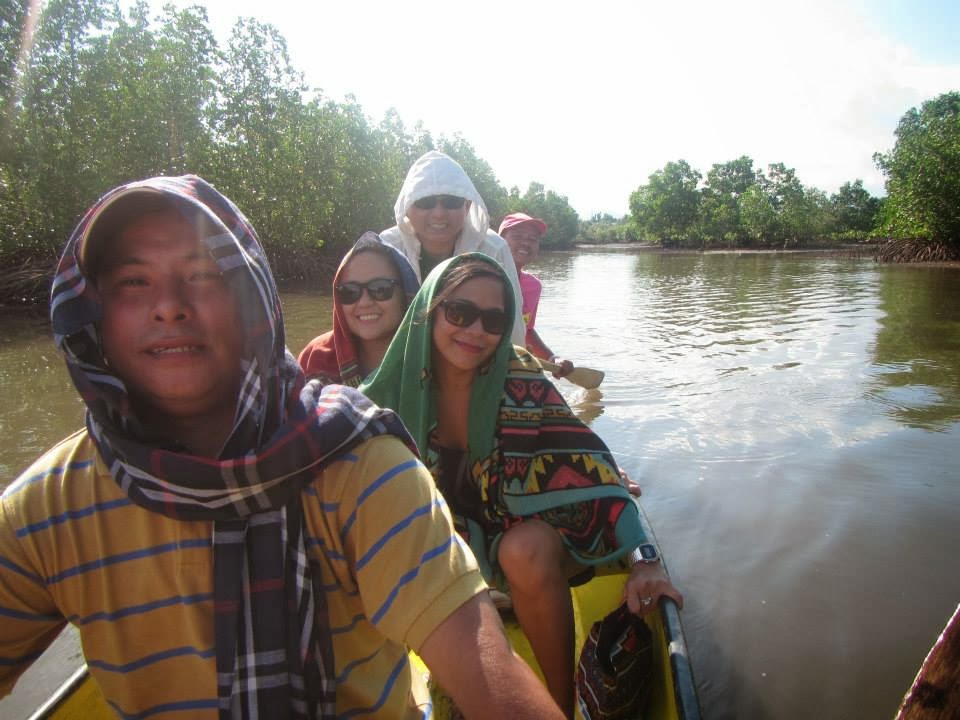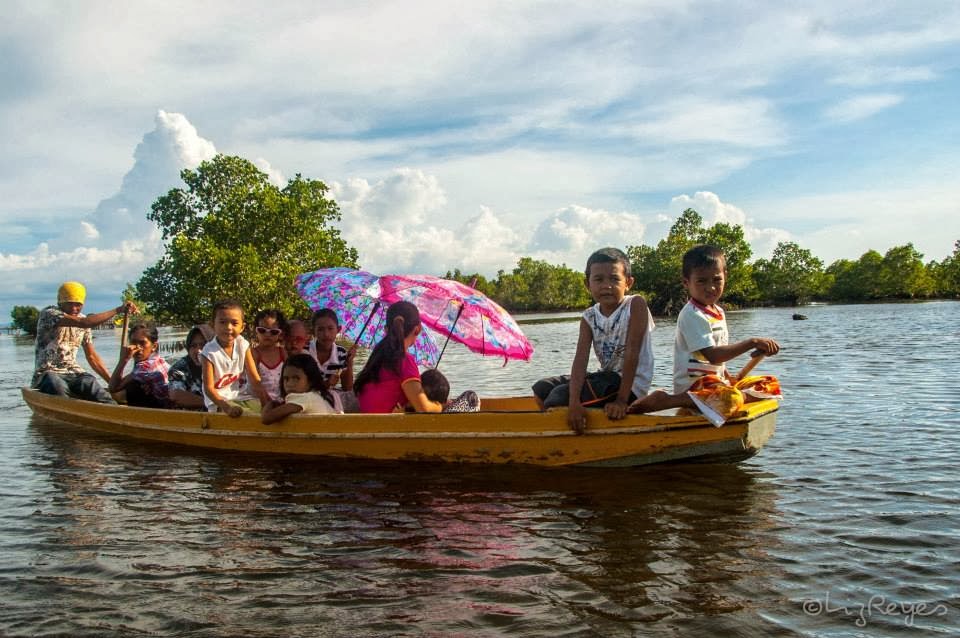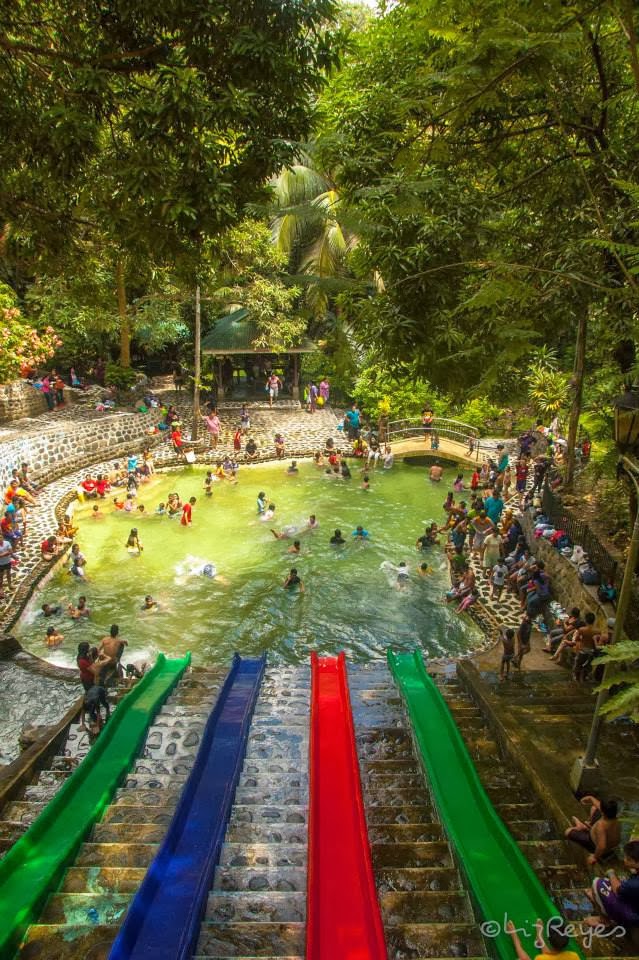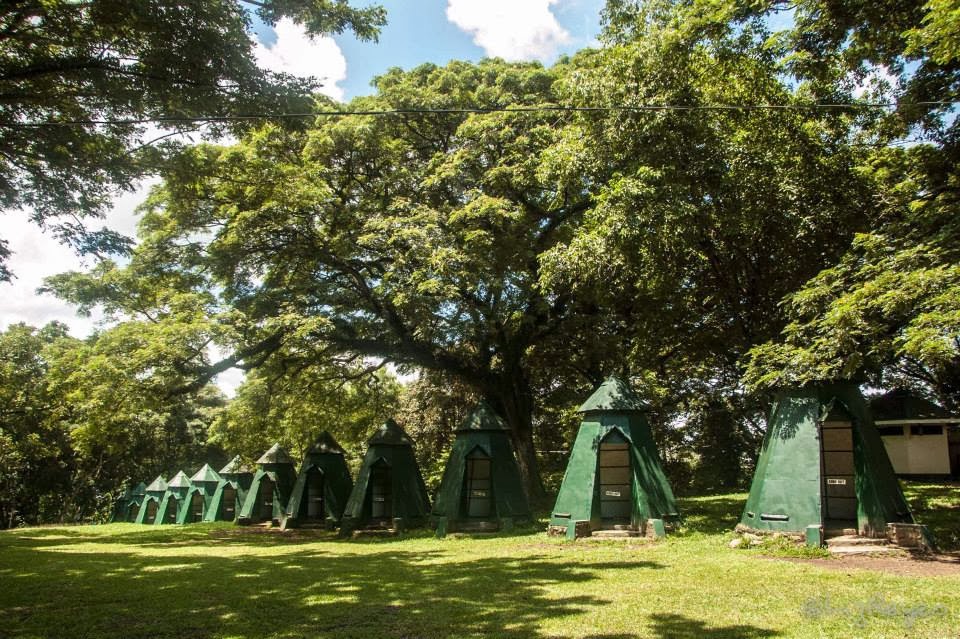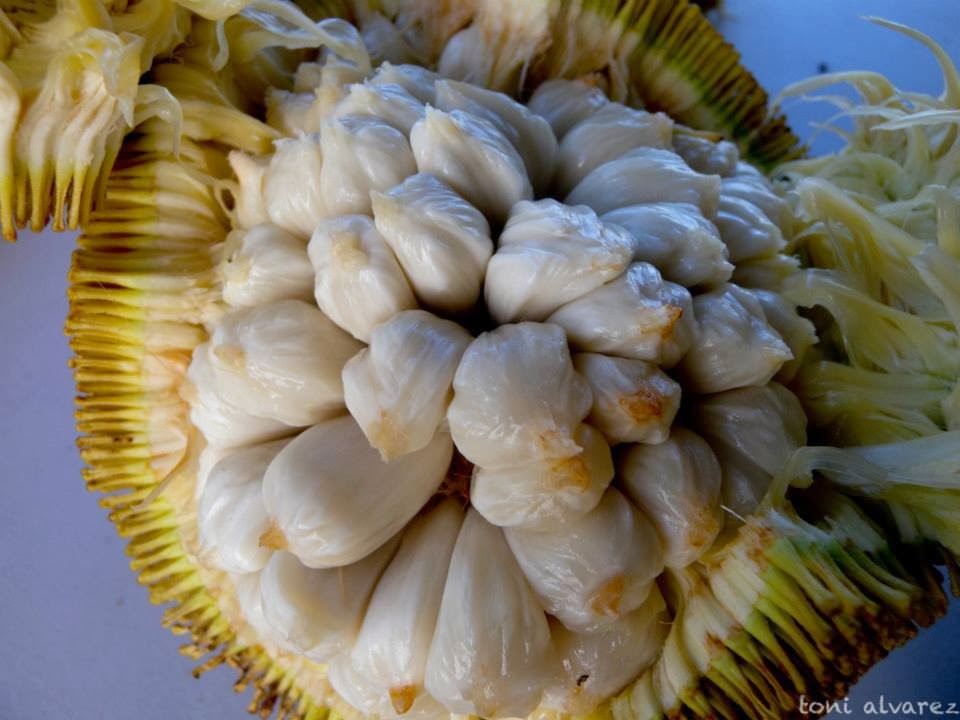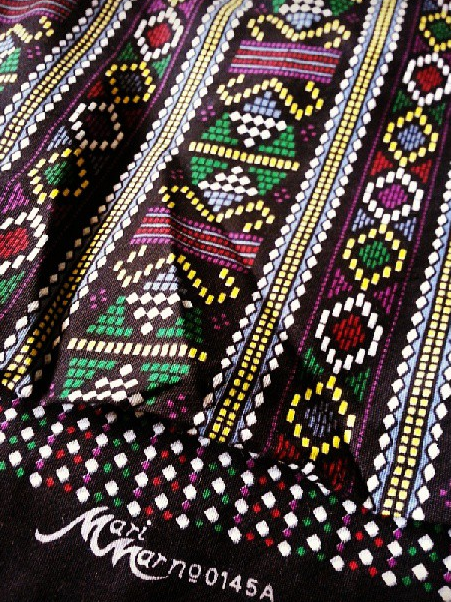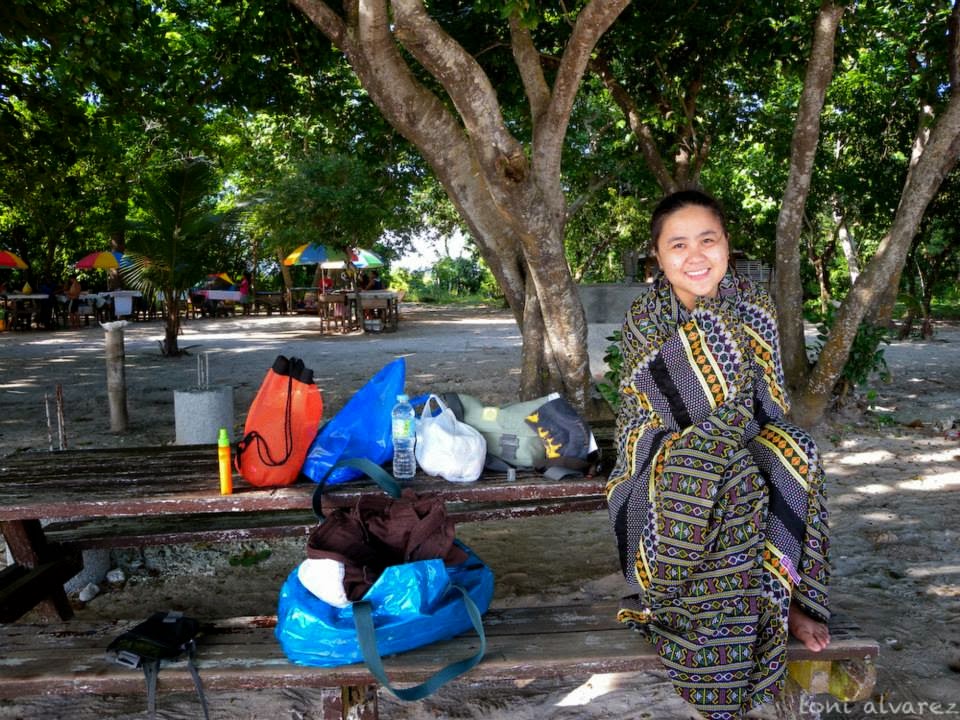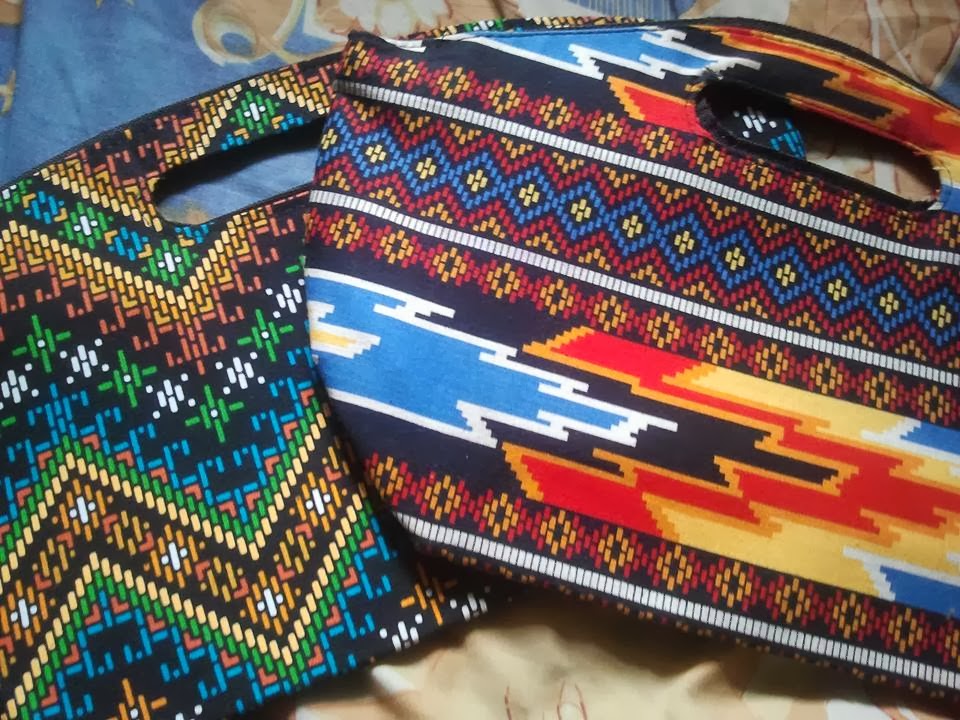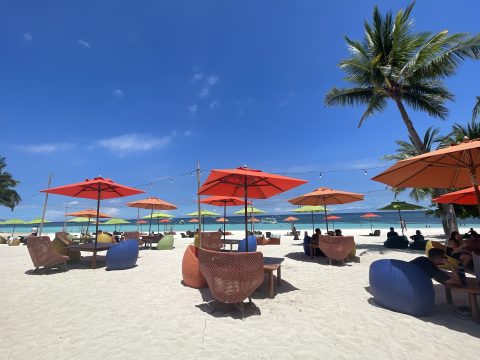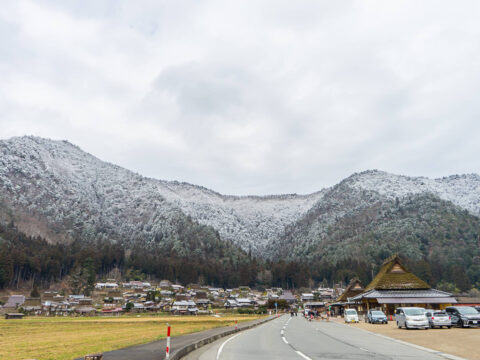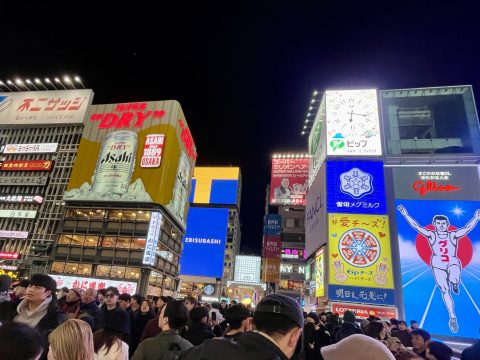Zamboanga is the third largest city in the Philippines in terms of land area. The city of Zamboanga is popularly known as ‘Asia’s Latin City’ because of its hispanic influences in religion and culture. In fact, Chavacano, the main dialect of Zamboanguenos, sounds very much like spanish.
Contrary to what others think, the City of Zamboanga is actually peaceful, although locals do admit that most crime-related incidents here are politically motivated. Thus, if you are just a tourist or traveler who wants to experience the beauty of Zamboanga, then there’s nothing to be afraid of. Just be sure to respect their culture, privacy and don’t forget to always put that smile on your face.
If you are planning to visit the ‘City of Flowers’ anytime soon, this 4 days and 3 nights travel guide might help plan your trip.
Photos by Liz Reyes, Toni Alvarez and Arafat Idanan Basa
GETTING THERE
By Air: Philippine Airlines, Cebu Pacific and Pal Express fly daily to Zamboanga City.
– Website: www.philippineairlines.com
Hotline: 855-8888 (open 247/7)
– Website: www.cebupacificair.com
Hotline: 7020-888 (open 247/7)
– Website: www.flyexpress.com
Hotline: 855-9000
THINGS YOU NEED TO KNOW
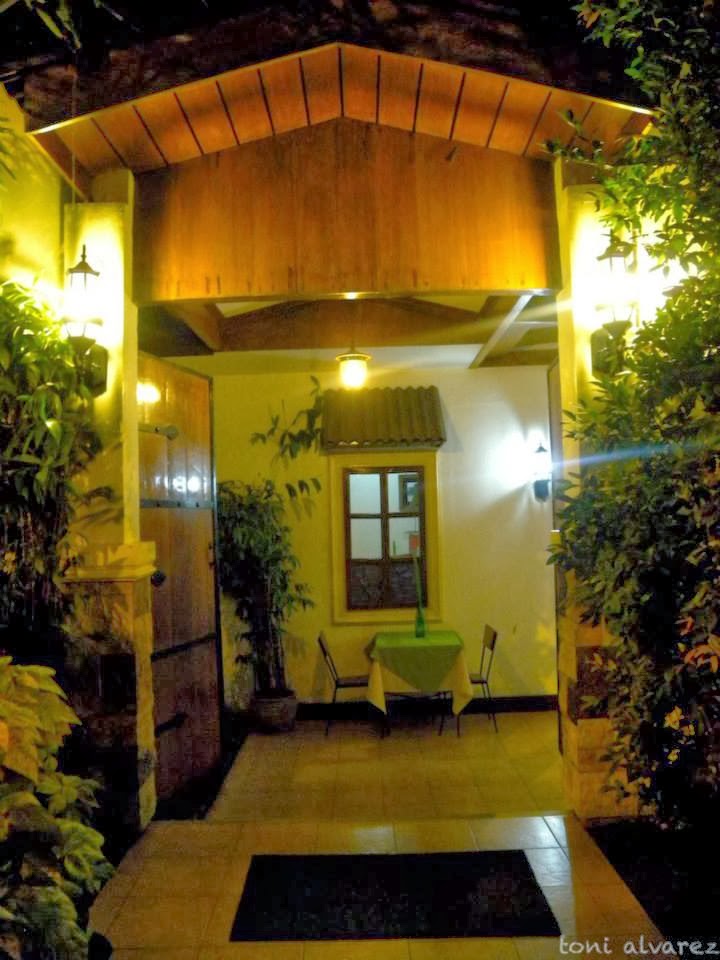
Accommodation: There are lots of nice and affordable hotels, pension houses and bed and breakfasts in Zamboanga City. You can opt to stay in a resort 20 minutes away from the city for a more naturey feel or a hotel right in the heart of the metropolis for easier access to the restaurants and nightlife in Zambo.
– Alavar Bed and Breakfast- Alavar Restaurant, which serves the famous Curacha, operates this bed and breakfast. Alavar Restaurant is just beside this B&B. (062) 991-2795; (062) 991-2483; 0906-1614747
– Don Casa Atilano Pension House- Near Canelar Barter market. (062) 990-1962
– Garden Orchid Hotel- This hotel is very near the airport. www.gardenorchidhotel.com
– La Vista del Mar- They usually hold vinta rides depending on the number of the resort’s guest. 15-20 minutes ride away from the city proper. (062) 991-1208
– Lantaka Hotel- Walking distance from Paseo del Mar. (062) 991-2033
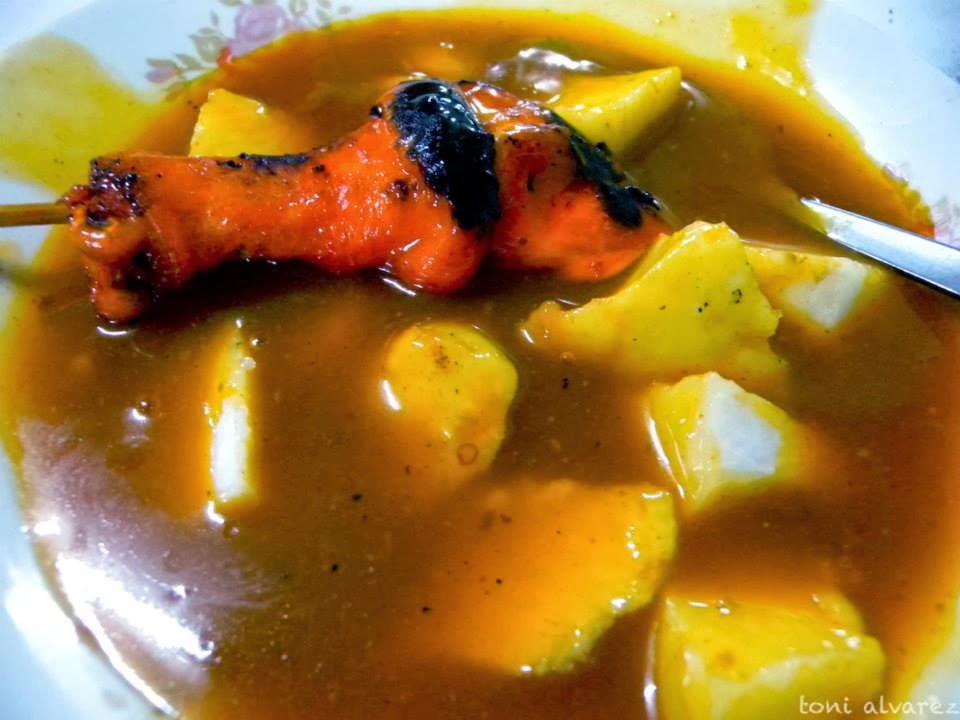
Meal: Food is not really cheap in Zamboanga City. Price of food is almost the same as Manila’s. When in Zamboanga, don’t forget to try their ‘Sati’ at Jimmy Sati’s House, Pinoy Patio Palmeras’ Knicker Bucker and Marang, a fruit which belongs to the Durian family and of course, their famous crab called ‘Curacha.’
Touring: One don’t really need a tour guide in Zambo City as long as you take note of the directions, or know how to ask the locals. However, you can opt to hire a guide when you want to visit Merloquet Falls or Layag-Layag Community, especially if you want a more convenient trip. You can also visit the City Tourism office of Zamboanga City for more inquiries on tours and they would be more than willing to assist.
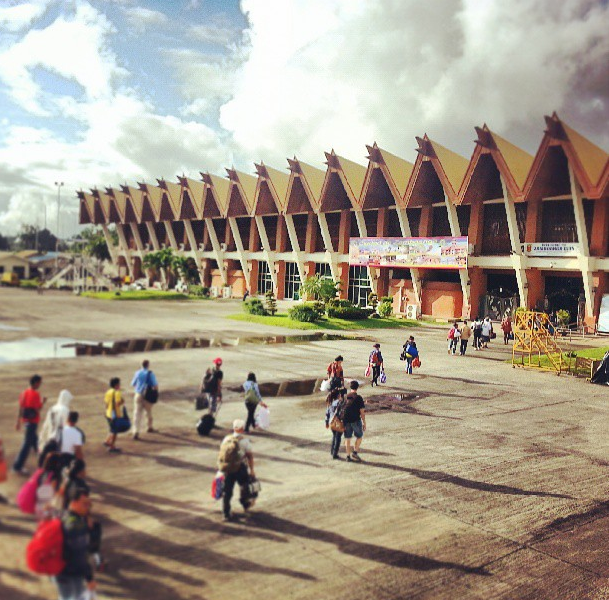
Transportation: Means of transportation in Zamboanga City is jeepney and tricycle, although there are also buses that ply from Zamboaga City to its neighboring provinces like Pagadian, Cagayan de Oro and Davao. Minimum jeepney fare is Php7.00
Budget:
* Good for 2 persons for 4 days and 3 nights. (cost may vary if you travel in big group)
– Airfare: Php 3,000 (promo fare)
– Accommodation: Php 6,000
– Food: Php 2,000
– Tour/Transpo: Php Php 2,000
– Pasalubong and shopping for yourself: Php 2, 000
– Miscellaneous/Contingency: Php 1,000
You need to have: An approximate amount of 16,000 for two persons or Php 8,000/person is already a very safe budget if you were able to score a promo air fare. You may also want a side trip to Basilan province if you have more time.
DAILY ITINERARY
Day 1
Opt for an early flight to Zamboanga City so you can rest first before you start exploring the city.

1st stop: Canelar Barter Market. It is ideal to do your pasalubong shopping on the first day so you would know if you still need to purchase additional check in baggage on your flight back home. There are many barter markets in Zamboanga City but the one in Canelar is the most popular one. Canelar Barter Market sells products from neighboring countries like Indonesia and Malaysia. They have lots of nice and affordable shawls, sarongs, bags and imported chocolates. Shopping at Canelar can be pretty addictive so make sure you mind your budget and start practicing you haggling skills.

2nd stop: Paseo del Mar. This is the ‘go to’ place for locals and tourists who want a good food with a good view. Paseo del Mar is like the Harbor View and Manila Bay of Zamboanga City. Watching the sunset while enjoying a refreshing Knicker Bucker or a bottle of beer under the moon light, is probably one of the best ways to cap the night off when in Zamboanga City. The 24/7 security and the well-lighted Paseo will definitely make you feel at ease although I won’t really suggest that you stay outside until the wee hour of the evening unless you have your own car or service.

1st stop: Sta. Cruz Island. Sta. Cruz Island or Pink Beach is a small inhabited island in Zamboanga City which is famous for its pink sand. The color of the sand comes from the pulverized red organ pipe coral, which is very abundant in the island, mixed with the white sand, thus, giving the sand a pinkish color. Sand in the Pink Beach is very fine and the water is very clear considering the fact that it’s not too far away from the city and only a short distance boat ride from Paseo del Mar, the jump off point going to the island. Boat rental costs Php1,000 good for 10 people already.
It is advisable to bring your own food and water in the island (just be sure you take home your trash) since there are no sari-sari stores there, although at times, people from the island sell their catch for the day (fish, crabs and squids) to the tourists and are even willing to cook rice for you at a very minimal cost. Cottage can be rented for as low as Php200 for a whole day stay.

2nd stop: Vinta ride at Vista del Mar.One of the best places to catch the sunset is at Vista del Mar Resort, a few kilometres away from the city proper. It is accessible via tricycle or jeepney. Aside from the iconic colorful vinta sail or ‘layag’, that welcomes every guests at the resort, Vista del Mar also offers vinta rides depending on the number of guests that they have. Better call the resort first to inquire if when will they hold a vinta ride. Aside from the breath taking sunset, food at La Vista del Mar is also a must try, aside from Alavar Restaurant in Tetuan, La Vista del Mar also serves the famous Curacha, a deep see

crustacean served with a special kind of sauce. Curacha, by the way, is a spanish word for cockroach. Don’t worry though, Curacha is not a cockroach, they say it just looks like one, although it looks more like a dog tick to me. (Hahaha, sorry to gross you out but it tastes really good).
When the weather is clear, the outlines of the neighboring province of Basilan is also visible from the resort. I was actually tempted to go to Basilan but due to time constraint, I was not able to fulfil that dream. Also, just a stone’s throw away from La Vista is also the Yakan Weaving Village where colorful handwoven cloth, bags, purse, mats, scarves and ornaments in vibrant colors are being weaved and sold. Great place to shop for pasalubong too.
Day 3
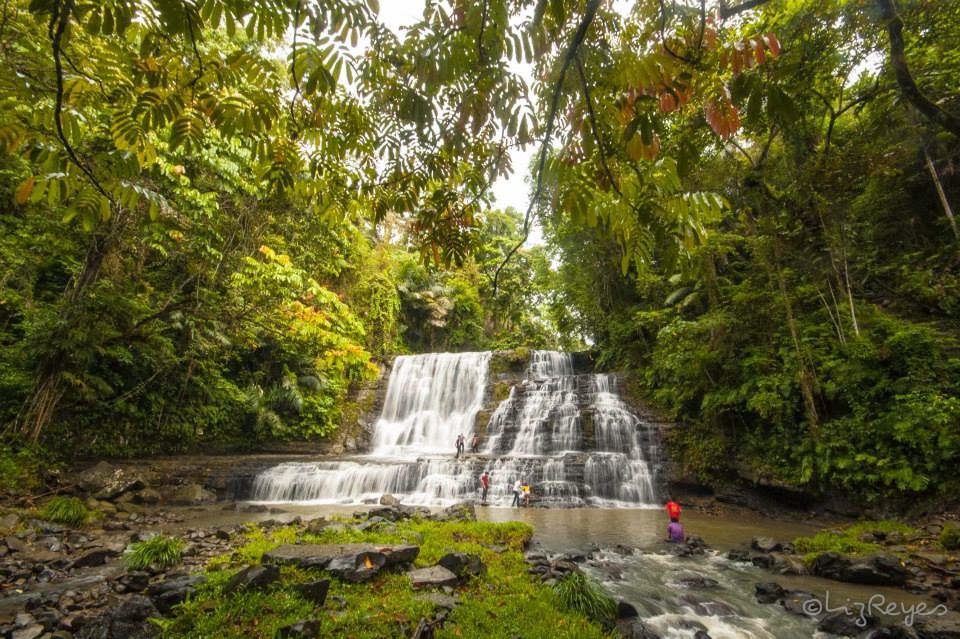
1st stop: Merloquet Falls. This has got to be one of the best waterfalls in the Philippines. The dramatic and grandiose cascade falls is definitely a sight to see and a relief after the 15-30 minute trek from the jump off point. The trek to Merloquet Falls is not very hard although it can be pretty challenging when it’s raining because of the slippery slope and muddy trail so it is really advisable to wear comfortable clothes like shirts, shorts and hiking shoes/slippers. Remember to pack light and compact as well. Entrance fee to Merloquet Falls is just Php5.00 and you don’t really need a guide just as long as you follow the trail. As of our last visit (July 2013), a cemented stair is now being constructed (although I still prefer it just the way it is) for easy trekking.
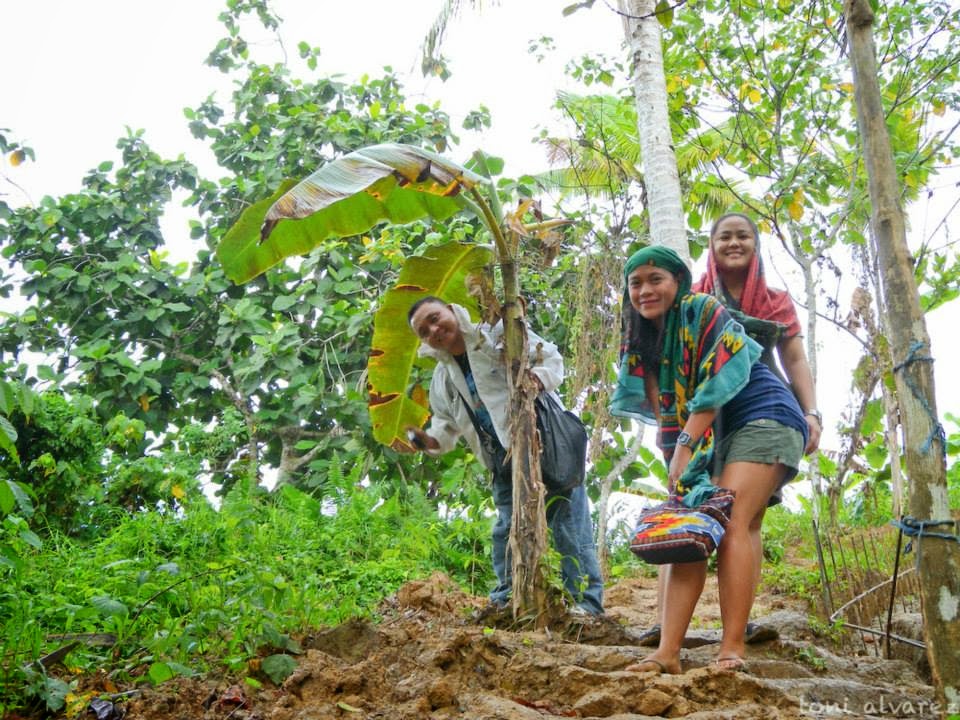
How to reach Merloquet Falls:
– Hire a private van. Ask the city tourism office at Paseo del Mar if they know one.
– For adventurous people, here’s a step-by-step guide how to reach Merloquet Falls:
I. Go to Southway Mall, which is located at the town centre of Zamboanga. Just ask your trike driver to take you there.
II. Across the mall is Sevilla St. where the jeepney terminal is. Ride a jeepney with the signboard “Putik”. Fare is Php9.00 each.
III. Ask the driver to drop you off at Guiwan Terminal or to the bus terminal going to Pagadian City. Airconditioned bus fare is Php125.00 and travel time is approximately 1 hour and 30 minutes.
IV. Tell the conductor to drop you off at Barangay Vitali.
V. At Vitali checkpoint, which is just along the highway, hire a habal-habal to Merloquet Falls. Fare is about Php50.00
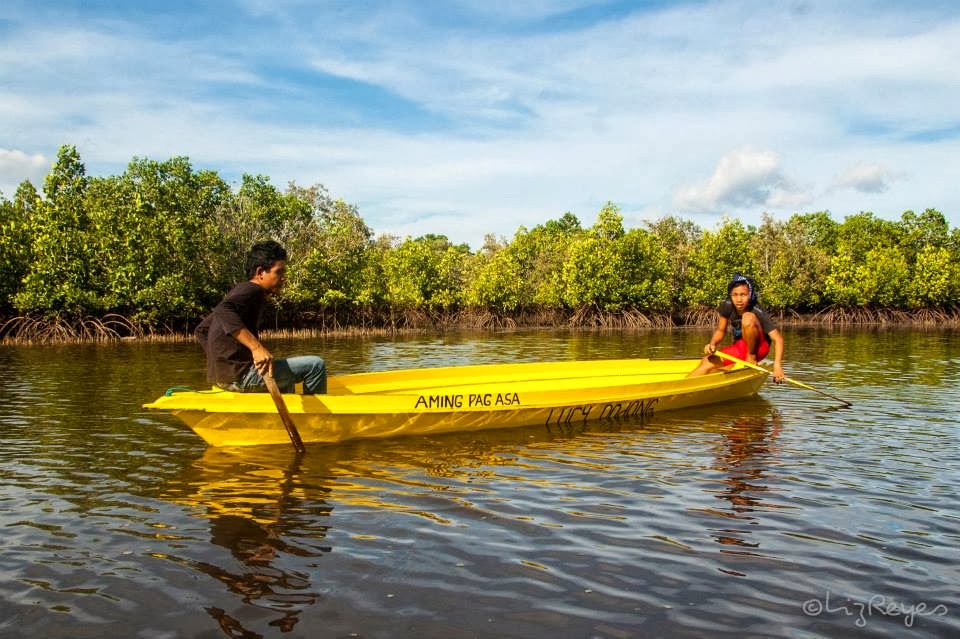
2nd stop: Layag-Layag Community. If you are familiar with the project “Yellow Boat of Hope”, where they give away yellow boats to children who used to walk on chest deep water surrounded by mangroves in going to and from their school, then most probably you are also familiar with the Layag-Layag Community.
Sitio Layag-Layag is separated from the mainland of Barangay Talon-Talon by mangroves where residents, who only live on stilt houses, are mostly fishermen and seaweed farmers. The only way to reach this community is either you take a 2km walk through the water in the middle of the mangroves if it is low tide or take a 10-15 minute boat ride if it’s high tide. The boats are small so tipping over is highly possible especially if you don’t know how to balance. If it’s any consolation, there’s really nothing to worry about if the boat tilts because water is very shallow so you won’t drown. Just make sure to secure your gadgets.
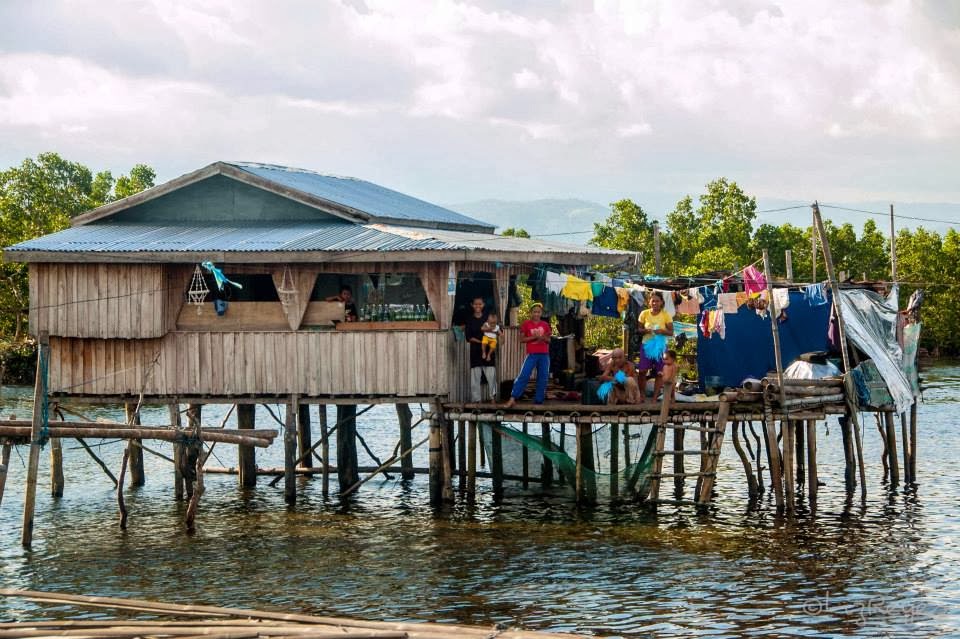
Aside from the beautiful view of the mangroves and Basilan, getting to know the people of Layag-Layag Community is also very interesting. Please do listen to their stories if you have time, and if you have extra food to give, then please offer them some, although they don’t really ask for one. From what I gathered, they are still in need of more boats.
How to reach Layag-Layag Community:
Like what they say, when in a foreign place, do as the Romans do. Thus, hail a tricycle to take you to Barangay Talon-Talon’s barangay hall then ask the Barangay Captain there if someone can take you to Layag-Layag Community. I’m pretty sure they would be willing to ask a local or resident of the community to take you there. Better yet, specifically look for Habib Nursin Asgar, the head of the Layag-Layag Community. He’s a very nice man and I’m very sure he’ll be happy to take you to the Layag-Layag Community and actually knows best the needs of his community.
Day 4
 1st stop: Pasonanca Park. The construction of the Pasonanca Park was started during the American regime in 1912 and was completed in the year 1920. The park is one of the main tourist attractions in Zamboanga City because of the trees, flowering plants, ferns, shrubs and 600 different species of orchids that grows there. The huge park houses three swimming pools, butterfly park, flower garden, museum, science park, freedom park, boy scout grounds and a personal favorite is the famed Tree House of Pasonanca. Entrance to the park is free of charge although some areas, like the pool, museum and butterfly park has minimal charge.
1st stop: Pasonanca Park. The construction of the Pasonanca Park was started during the American regime in 1912 and was completed in the year 1920. The park is one of the main tourist attractions in Zamboanga City because of the trees, flowering plants, ferns, shrubs and 600 different species of orchids that grows there. The huge park houses three swimming pools, butterfly park, flower garden, museum, science park, freedom park, boy scout grounds and a personal favorite is the famed Tree House of Pasonanca. Entrance to the park is free of charge although some areas, like the pool, museum and butterfly park has minimal charge.

2nd stop: Taluksangay Mosque.Taluksangay is the oldest mosque in the entire Zamboanga Peninsula and was built during the 19th century by Hadji Abdullah Mass Nuno and even survived the World War. Since then, Taluksangay Mosque has become the center of islam influence the Western Mindanao region.
MUST TRY AND BUY IN ZAMBOANGA:
Curacha. Curacha is a deep sea crab that can only be found in the deep waters of Jolo. The Curacha, which is a chavacano term for cockroach, is a high breed crustacean, with a crossbreed characteristics of a large sea crab and a big spiny lobster. Try Curacha with Alavar sauce at the famous Alavar Restaurant in Tetuan. This crab is kinda’ pricey at more or less Php1,000/kilo but it’s definitely worth it.
Satti. Being close to Sabah, Malaysia, you can find lots of similarities between the Zamboangueños and the Malays, especially when it comes to food. Best example is the satti which is very similar to the Malaysian Satay. Satti is actually a breakfast meal among the locals but satti houses are still swarming with people any time of the day. Satti is a roasted meat (chicken, beef, pork or liver) on a stick served in a thick and semi sweet and spicy orange sauce. You can opt to add rice, or what they also called ‘puso’ like in Cebu. It looks a bit weird at first, especially with the swimming rice but it’s actually good and not to mention, dirt cheap as well. One satti costs Php20.00 while ‘puso’ is more or less Php8.00-Php10.00
Marang. Marang came from the durian family, but unlike durian, the outer covering of marang is soft especially when fully ripe. The inside of the marang is slimy like durian and atis (sweet sop) and it has a sweet taste that’s actually very addictive. Price of Marang can go as low as Php10.00. Take note that the smell of marang is also strong but not really as strong or foul like durian’s.
Knicker Bucker. Knicker Bucker is probably the famous dessert in Zambonga City. It is made up of different fruits like mango, watermelon, banana, papaya, gelatin chunks, milk, topped with your choice of strawberry or vanilla ice cream. Definitely the best way to beat the heat after a long day of walking. Get Knicker Bucker at Pinoy Patio Palmeras at Paseo del Mar. Price is approximately Php60.00-Php70.00.
Marimar Sarong. You can find different kinds of sarong at Canelar Barter Market but be sure you get the quality one, brand name is Marimar. Price is more or less Php500.
Colorful printed bags. You can find many colorful bags at Canelar but this one really caught my attention. Not only it’s beautiful, cute and handy but price is very affordable as well. You can actually get it for Php100 each. Be sure to haggle.


